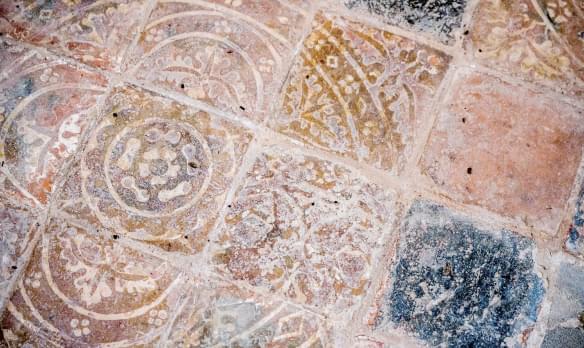
All Saints
Cottesbrooke, Northamptonshire | NN6 8PQ
Externally a particularly handsome medieval church with full square tower with fine double bell openings, all dating from around 1300.
Search for a fascinating place to visit, or see the variety of churches, chapels and meeting houses we have supported.

Cottesbrooke, Northamptonshire | NN6 8PQ
Externally a particularly handsome medieval church with full square tower with fine double bell openings, all dating from around 1300.

Courteenhall, Northamptonshire | NN7 2QD
Well done if you have got here, the church is tucked away in the estate village that lies behind Courteenhall Hall.

Gayton, Northamptonshire | NN7 3HP
A very early church with a Norman tower incorporating a late Saxon door case and, inside, a Norman font.
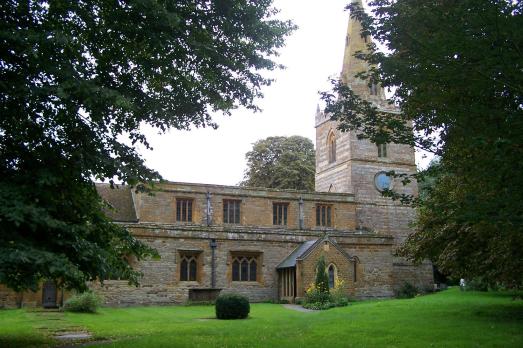
Bugbrooke, Northamptonshire | NN7 3PB
The first documentary evidence for the existence of Bugbrooke is the Domesday Book of 1086, although there is no reference to there being a church then.
We have supported this church
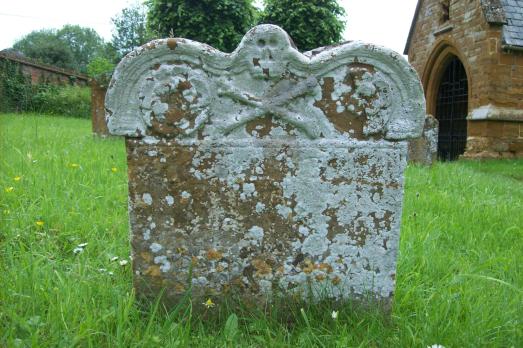
Nether Heyford, Northamptonshire | NN7 3LH
A 12th century church in the village of Nether Heyford.
We have supported this church

Wellingborough, Northamptonshire | NN8 4HW
Built in 1874-5 for Wellingborough’s long established Independent (or Congregational) cause, its most striking feature is its ovoid shape, most unusual for a British place of worship.

Haselbech, Northamptonshire | NN6 9LG
The medieval church has a fine west tower around 1500.

Flore, Northamptonshire | NN7 4LS
A 12th century parish church in a beautiful spot overlooking the Nene Valley.
We have supported this church

Wellingborough, Northamptonshire | NN8 1JA
One of the few late 19th century Catholic churches in Northamptonshire, the church is distinguished by some highly original details and has a largely intact and lavishly finished interior.
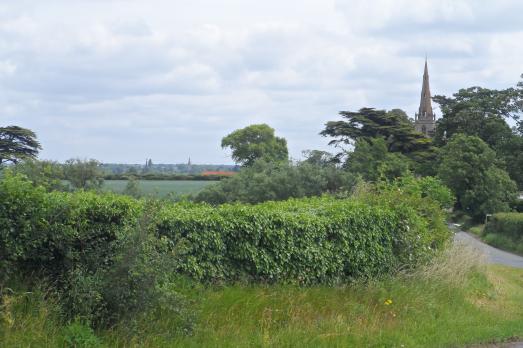
Easton Maudit, Northamptonshire | NN29 7NR
Lord Alwyne's Minton tiles on the floor are immediately apparent, but you do not come here for the architecture, which is nothing out of the ordinary, but rather for the tombs.
We have supported this church
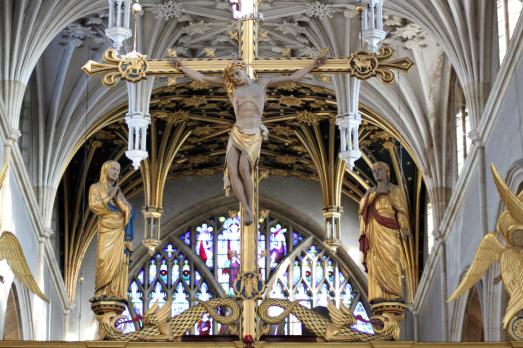
Wellingborough, Northamptonshire | NN8 1HJ
A thrilling experience: Sir Ninian Comper’s masterpiece built between 1908 and 1930 is a free essay in the gothic style fearlessly mixed with classical appropriations.

Church Stowe, Northamptonshire | NN7 4SG
St Michael’s church is in the parish of Stowe Nine Churches, originally simply Stowe meaning ‘Christian Holy Place’.
We have supported this church